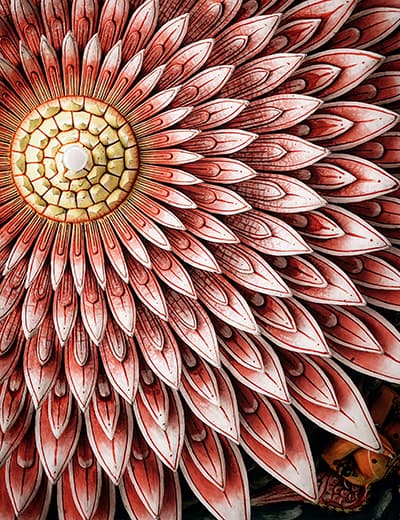South India
"The city is such that
the pupil of the eye has never seen a place like it,
and ear of intelligence has never been informed
that there existed anything to equal it in the World."
-Abdul Razaak, Persian Ambassador
1443 A.D.
Myths and legends are part of the fabric of the Indian subcontinent. Nowhere is this more apparent than in Hampi, the ruins of an ancient kingdom that flourished over five hundred years ago.
Deep in South India in the 14th century, there lived two brothers who were recognized by a great sage as miraculous manifestations of the god Virupaksha, a form of Lord Shiva, a powerful Hindu God. They built a great kingdom, learning from Central Asia and Europe to create an Indian state that was like no other before it. This state was named after its capital, Vijayanagara, the City of Victory.
Thus begins the story of one of the greatest cities in human history. The story of Vijayanagara’s ruins is deeply tied to many ancient myths that constitute a fascinating culture that exists to this day.
Long before the spot was a city, let alone the capital of a mighty empire, there lived a beautiful local woman called Pampa. On a hill, she built a small shrine to Shiva and worshipped him as thousands of Indians have over the millennia. But Shiva heard her prayer and manifested in the form of Virupaksha, taking her hand in marriage. This event is still commemorated every November in the grand temple of Virupaksha, one of the few still active in the city, and the name “Hampi” is derived from Pampakshetra, the sacred area of Pampa. The same Virupaksha inspired the foundation of the great capital.
Even before Pampa, in the greatest, smokiest antiquity of Indian history, a time when it was difficult to separate myth from fact, there is yet another tale of Hampi – one of the most famous in the world – the Ramayana.
In North India, there was a great city known as Ayodhya. Its crown prince, the virtuous and gentle Rama, was banished from his father’s kingdom due to the jealousy of one of the king’s younger wives.
Yet Rama did not resent his father for this decision. He peacefully headed South, into the impenetrable forests, to live with his wife Sita and his brother Lakshmana. Rama was, however, destined for greatness, as he was an avatar of Lord Vishnu The demon king Ravana of Lanka captured Sita and bore her away in a flying chariot to his island fortress. As Sita struggled with the demon, she threw her jewels to the ground to leave a trail for Rama to follow.
Down fell the jewels, and they were picked up by a Vanara (monkey) called Sugriva. In conflict with his brother for the throne, Sugriva lost and was in hiding. When Rama, hot on Sita’s trail, came to the Vanara kingdom, Kishkinda, Sugriva sent his minister Hanuman, the monkey-god, to request his assistance.
Rama agreed to help Sugriva in return for Sugriva’s aid in defeating Ravana and rescuing Sita. He killed Sugriva’s brother Vali crowned Sugriva as the king of the Vanaras. Hanuman grew loyal to Rama, and with his devotion and the assistance of the Vanara army, Rama slew Ravana and returned to Ayodhya with Sita, to finally claim his throne and rule.
Why have I told you this tale?
Because Hampi, it is believed, is Kishkinda.

The city is peppered with sites mentioned in the Ramayana, that greatest of all Hindu tales, which resonated with audiences across the world, from North India to Southeast Asia, even before it was translated into English and came to the West. Here is the temple which marks the spot where Sugriva was crowned king. There is the cave where Sugriva hid Sita’s jewels for safekeeping; close by is the hill where the friends sheltered from the monsoon. Not too far is a hill supposed to be the spot where the Hanuman was born through the miraculous intervention of the wind-god Vayu.
And near the ruins of the imperial palace, near the Great Platform where Vijayanagara’s most popular and martial religious festivals were held, is the magnificent Hazara Rama temple, or the Temple of the Thousand Ramas, the private chapel of the imperial family.
To the people of Vijayanagar, Rama was a real and palpable presence, and the King was identified with Him. The Hazara Rama temple is visually aligned with the hills where the events of the Ramayana played out. On the walls of the temple, the Ramayana still lives on in elegant reliefs. Again, Rama meets Hanuman; again he slays Ravana – a silent testament to the artistic sophistication and devotion of people long gone. In Hindu cosmology, the Universe goes through great cycles of time. After the age of Rama came another age, and another avatar of Lord Vishnu.


There was a king in the North, more monster than man, called Kamsa. A prophecy said that he would be killed by the eighth child of his sister. Fearful of this prophecy, Kamsa killed her first seven children as soon as they were born. Vishnu the Merciful was watching the suffering of the world. He came down to her womb as her eighth child and was born on a stormy night in the city of Mathura. His father carried the infant away to a village of cowherders so that he would be safe from his monstrous uncle.
Time passed, Krishna grew. He slew demons. He lifted hillocks. He was recognized as divine by the men and women of his adopted village. One day, he returned to his true birthplace and killed his uncle. He became the friend and confidant of princes and a great leader of his people. They say that his words still survive today in the ancient Hindu scripture known as the Bhagavad Gita, or the Song of the Lord.
When Krishna’s mortal life ended and he returned to heaven, the last great Age of this Universe ended, and thus began the present Age, the Kali Yuga – an age of chaos, where the cosmic laws are flouted. But one day this Age will end in the fiery dance of Shiva the Destroyer, and the Universe will dissolve itself and be created again, aeon upon aeon in endless Time.
Krishna is among the most beloved of Hindu gods, and it is to Him, in the form of Vittala (“The Boy on a Brick”) that Vijayanagara’s greatest temple, the Temple of Vittala Krishna, is devoted. It expresses the empire’s greatest triumph, its absolute apogee, at a time when it had defeated all its neighbours. The fame of the armies of the City of Victory and her king, Krishna Deva Raya, echoed across the world. So did the fame of this temple.
Imagine a temple gilded with gold. A forest of elegant stone pillars surrounds a magnificent pavilion in front of the sanctum sanctorum. Yet when these pillars are struck, you do not hear the dull thud of lifeless rock, but a plethora of sounds ranging from the pealing of bells to the thrumming of drums and the strings of the veena. Now imagine an orchestra of musicians playing the ancient Carnatic music on these pillars.

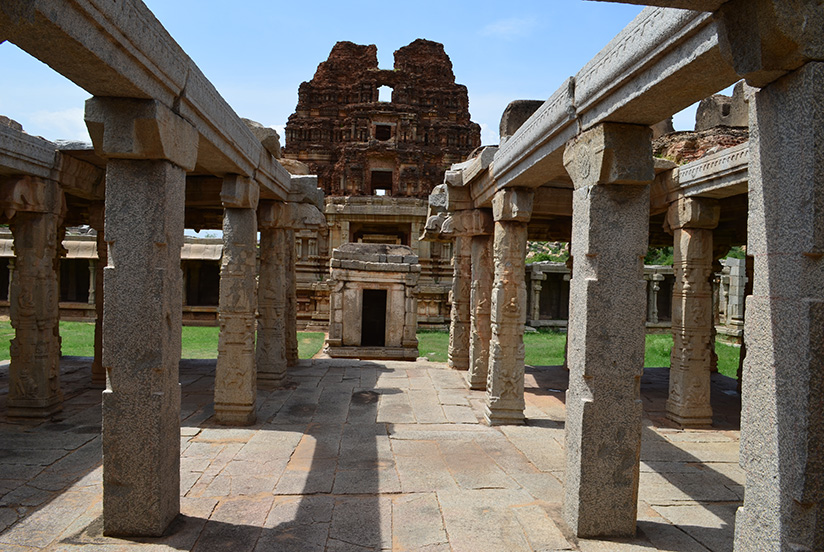


To this music dance the beautiful maidens of Vijayanagar, singing songs to the deity, bedecked with indescribable jewels and golden ornaments. To the side, the king and his nobles are watching. Clusters of pearls and precious stones reflect the light of stars and torches. Inside the temple, it seems to be day, not night. But on a normal day, when the mighty imperial family was not around, the ordinary citizens would have come to worship.
From all over the Empire, from the deepest South of India to the plateau of the Deccan, they would have walked, families in tow, on pilgrimages to the City of Victory. Like streams flowing into a river, they would have walked on the great highways and thronged through the nine gates of the capital, staring in awe at its seven shining walls. Through bazaars, through parks, along fountains and mansions, the devotees would have walked, till they reached the holy shrines, the homes of the gods.
Today, five hundred years later, the pilgrims come not only from the imperial territories but from across the world. There are no idols in the shrines, and there is no emperor in the palace. Those who come to Hampi experience the wonder that generations of travellers, merchants and pilgrims experienced. The temples, great expressions of the splendour of the royal dynasties and the mythical fabric of this ancient land, still stand. And sometimes, when you stand in the grand avenues, hearing the stories of a time long past, you can still feel the brilliance and wonder of the ancient capital, still alive, merely slumbering.

Seize the Place
Ahmedabad is white and yellow under winter’s sun, melting houses banally spread beyond her sight. Yet one more sprawling city...
Narrative • West India
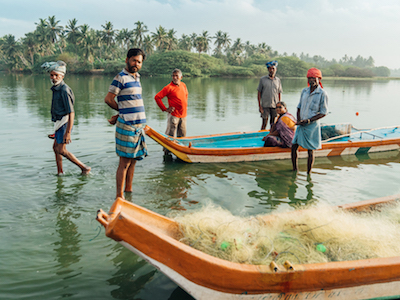
Dawn to Dusk in Tamil Nadu
Under the hot simmering sun, Dan Tom roamed the streets, shores and the markets of Tamil Nadu with us, to capture the everyday lives...
Narrative • South India
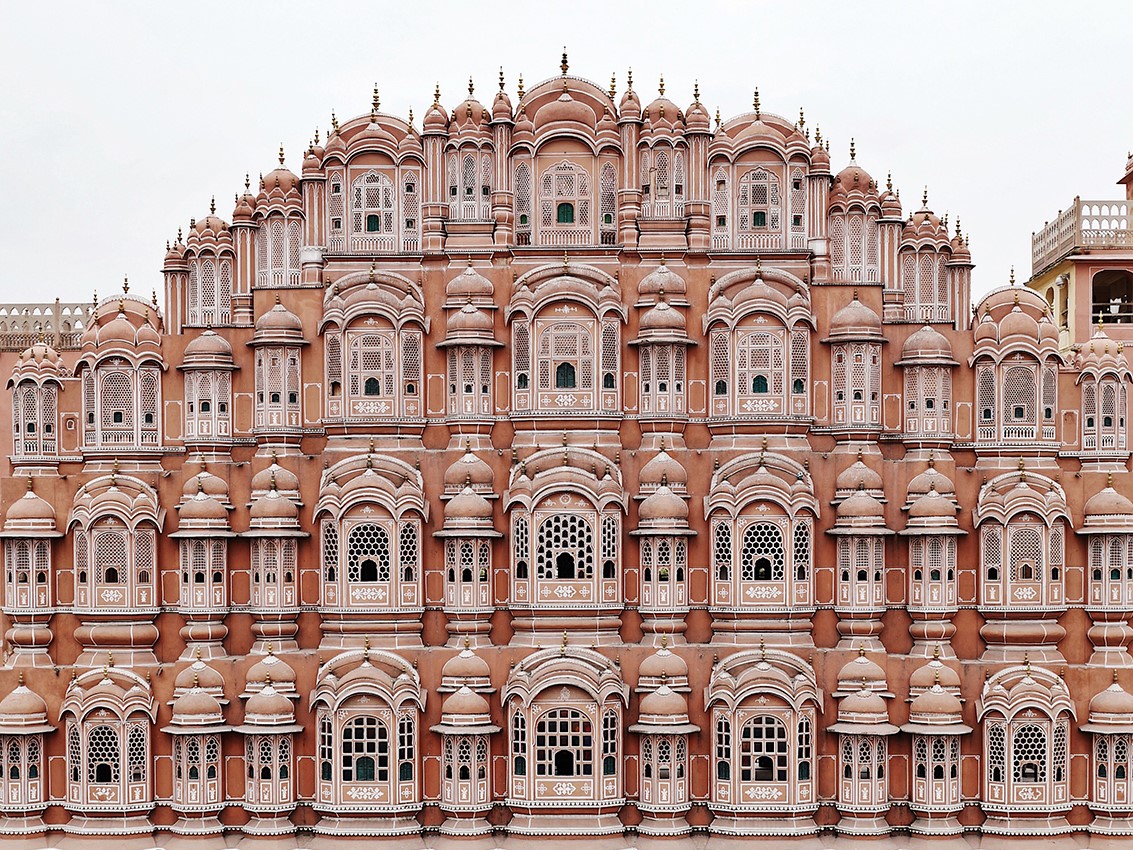
In the Land of Palaces and Kings
This journey explores the rich Rajput and Mughal heritage exemplified by the resplendent architecture of North India...
Bespoke Journey • North India
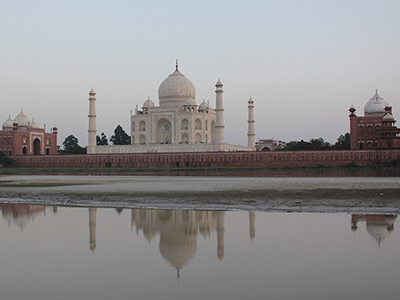
Of Domes and Arches
A journey that traces the unique elements of Indo-Islamic architecture across Delhi, Agra and Rajasthan...
Bespoke Journey • North India
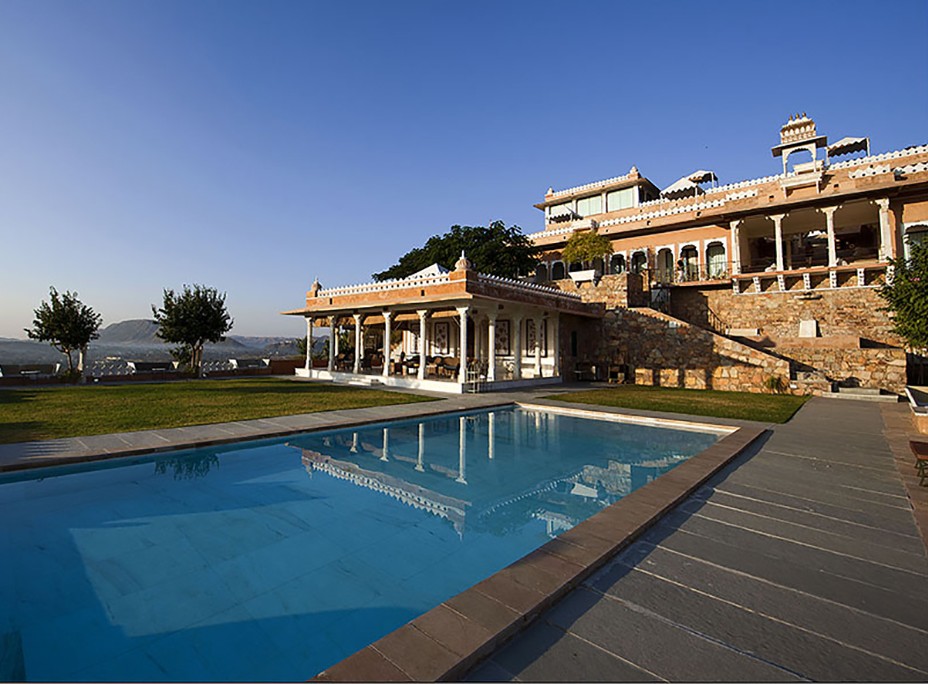
Fateh Garh
A luxury boutique hotel perched on the edge of the Aravalli hills that run through the city of lakes...
Hotel Guide • North India

Places Between Pages
I first came across Arundhati Roy’s debut novel “The God of Small Things” as a well-read but little-travelled teenager...


